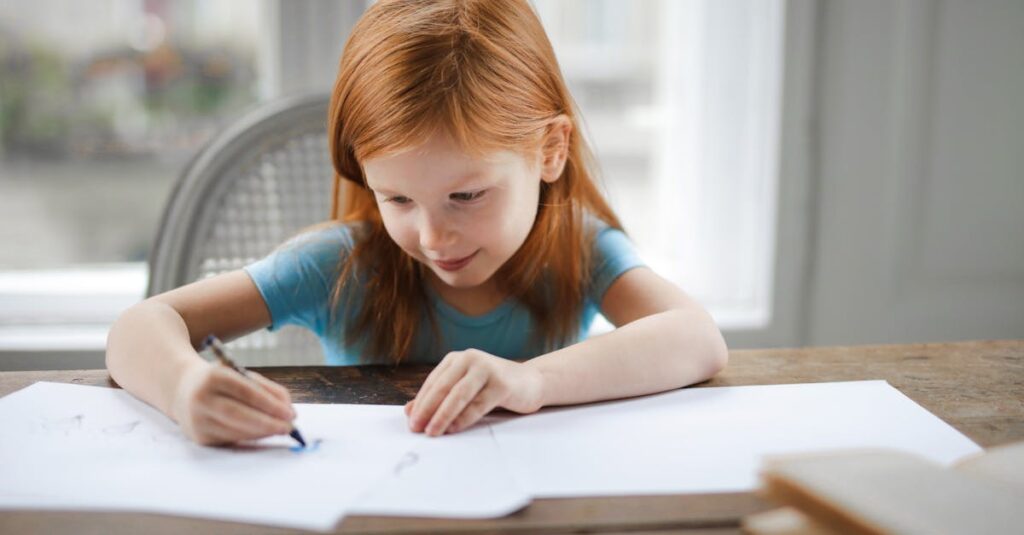Why Start a Gratitude Practice with Preschoolers?
Instilling gratitude in preschoolers might sound as feasible as herding cats. However, numerous studies highlight its immense emotional and psychological benefits, grounding them in empathy and mindfulness from a tender age. This segment navigates the what and why of gratitude practices for little ones, underscoring its importance in early development and lifelong well-being.
Starting a gratitude practice with preschoolers can lay a strong foundation for their emotional intelligence and mental well-being. It helps them understand and appreciate the positive aspects of their lives, fostering resilience and a positive outlook.
Benefits of Gratitude Practice for Preschoolers:
- Enhances empathy and compassion
- Promotes mindfulness and presence
- Builds resilience and a positive mindset
- Fosters stronger social connections
By introducing simple gratitude exercises like keeping a gratitude journal or sharing thankful moments during circle time, educators and parents can nurture a sense of appreciation and contentment in young children.
Moreover, research suggests that practicing gratitude at a young age can have a lasting impact on an individual’s overall well-being, leading to increased happiness and improved mental health outcomes in the long run.
Therefore, starting a gratitude practice with preschoolers is not only beneficial for their immediate emotional development but also sets the stage for a more fulfilling and grateful life ahead.
Simplifying Gratitude: Tailoring to Tiny Minds
Gratitude for preschoolers shouldn’t resemble a college syllabus. Break it down; keep it fun. This part explores putting complicated concepts into bite-sized, digestible activities. We’re talking glitter, glue, and everything gooey – because, let’s face it, if it sticks to their hands, it might just stick in their minds.
Crafting Gratitude Together: Simple Kid-Friendly Activities
Venture into creating gratitude crafts that even tiny hands can manage. Picture a ‘Thank You’ tree where each leaf bears a scribble of thanks or a gratitude jar filled with colorful pompoms for each thankful moment. These activities not only decorate your home but fill your child’s emotional bucket.
Turning Moments into Memories: Preschool Gratitude Journal Ideas
A gratitude journal for preschoolers doesn’t need to be complex. Opt for pictures over words; let them draw what made them happy each day. Suggest they snap a picture, or pick a token symbolizing their joy. This bridges communication gaps and visually maps their gratitude journey.
Navigating Emotional Hurdles: Patience with Tiny Steps
Expecting a 4-year-old to articulate gratitude can be like expecting a fish to climb a tree; patience is key. This section deals with the emotional challenges that might arise and the importance of celebrating small wins, understanding that every child’s gratitude expression is uniquely their own.
Cultivating a Grateful Community: Engaging Parents and Peers
Gratitude isn’t a solo journey. Encouraging interactions with peers and parents alike can amplify its benefits. Organize group thank-you card sessions or share gratitude stories at playdates. This not only enhances social bonds but fosters a community spirit centered around thankfulness.

